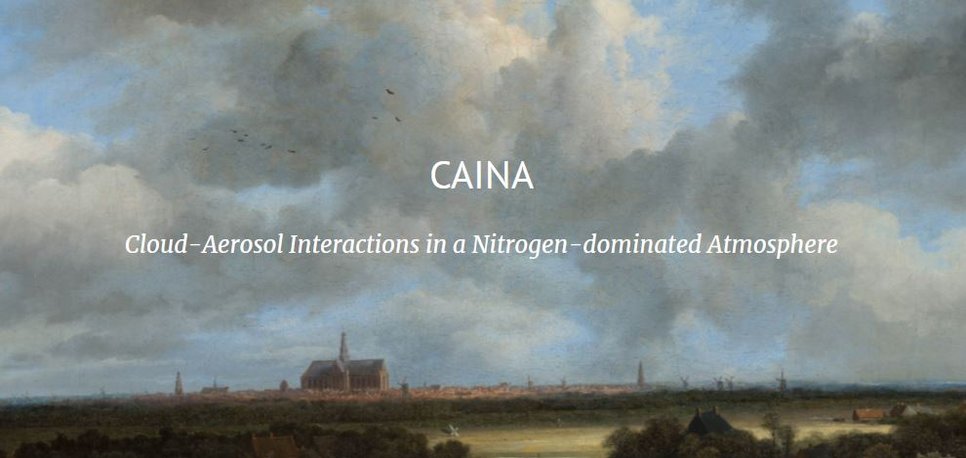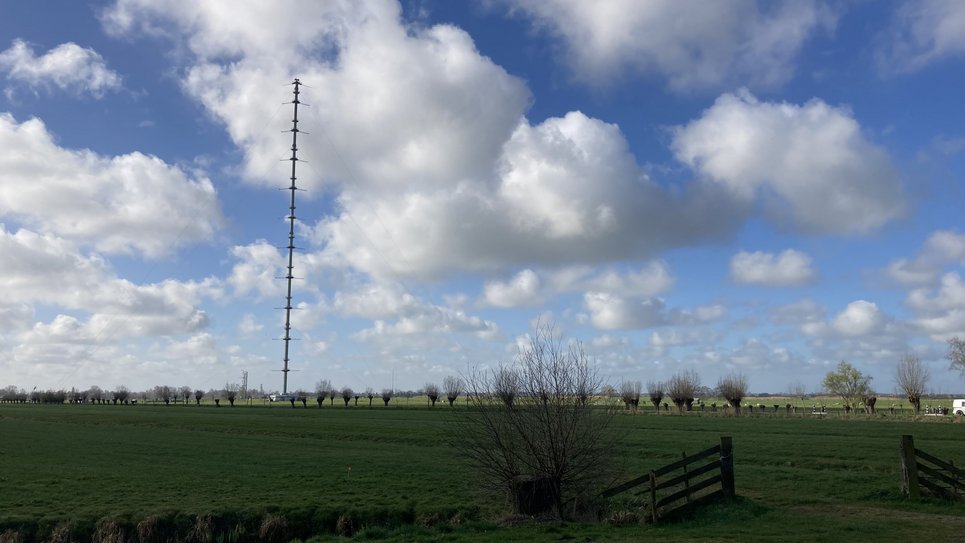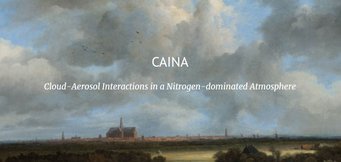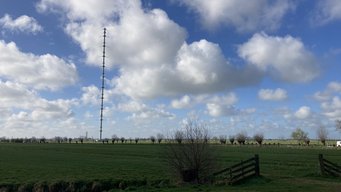CAINA (Cloud-Aerosol-Interactions in a Nitrogen-dominated Atmosphere)
2023 - 2028

Reactive nitrogen compounds emitted from agriculture, traffic and industry are quickly becoming dominant air pollutants worldwide. This has severe consequences for air quality, ecosystems, and global climate. CAINA aims towards fully understanding the aerosol-cloud interactions under high reactive nitrogen concentrations. We focus on the Netherlands, where ammonia emissions from agriculture combine with NOx from industry and traffic, resulting in high concentrations of ammonium nitrate. These regularly exceed concentrations of sulfates, the main air pollutants in most other regions, by a factor of 5 or more. This makes the selected study region ideal for understanding the chemistry of the future global atmosphere. The specific research questions are:

i. How are inorganic and organic pollutants produced in clouds under high reactive nitrogen concentrations?
ii. How important is this pathway for the overall air pollution in regions with high nitrogen emissions?
iii. What is the concurrent effect on cloud microphysics and cloud reflectivity?
We participate in the intensive field campaign from March 19 until end of April, 2025. Our measurements are conducted at Cabauw (Ruisdael Observatory), the Netherlands. We use an aerosol inlet taking air from 60 m at the meteorological mast at Cabauw.
Instruments:
ALABAMA, C-ToF-AMS, MAAP, UHSAS, OPC, CPC
People involved:
Hans-Christian Clemen, Johannes Schneider
Collaboration with:
U. Dusek (coordinator), University of Groningen
M. Krol, University of Wageningen
R. Holzinger, Utrecht University
H. Russchenberg, Delft University of Technology
B. Wehner, TROPOS Leipzig
J. Vila, University of Wageningen
J. Fry, University of Wageningen
H. Saathoff, KIT Karlsruhe
H. Siebert, TROPOS Leipzig
M. Pöhlker, TROPOS Lepizig & University of Leipzig
G. Biskos, Cyprus Institute
T. Jokinen, Cyprus Institute

